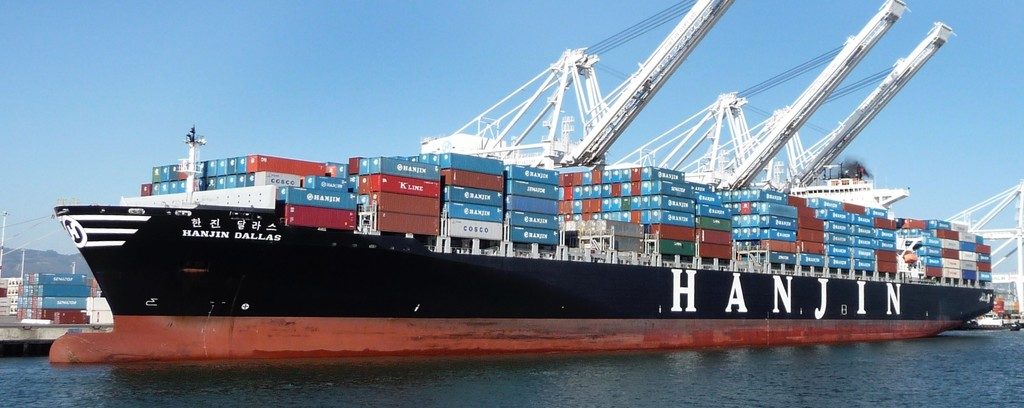The recent collapse of Hanjin Shipping, the world’s seventh-largest container shipper, has caused upheaval in the shipping industry; as freight rates jump and manufacturers scramble for alternatives.
A South Korean court has recently begun proceedings to stabilise the carrier – which would allow Hanjin to take legal action in other countries to keep its ships and other assets from being seized. Rival Hyundai Merchant Marine has deployed over 10 of its ships to two routes exclusively serviced by Hanjin, while the South Korean government also plans to reach out to overseas carriers for help.
Liner shipping, unlike dry cargo, is very much about customer service and value, commentators have suggested that Hanjin is unlikely to rise from these ashes.
Hanjin’s banks ended financial support for the shipper this month, many of its vessels have subsequently been denied entry to ports or unable to dock as service providers worry they will not be paid. This includes the port of Busan, South Korea’s largest.
According to the Korea International Trade Association about 10 Hanjin vessels in China have been seized by charterers, port authorities or other parties, in addition to one in Singapore. The collapse comes at a time of high seasonal demand for the shipping industry ahead of the year-end holidays.
Freight rates on some routes where Hanjin operates many ships have surged.
The cost of shipping a 40-foot container on the Busan-Los Angeles route has jumped about 55 percent, from $1,100 to around $1,700, according to South Korea-based freight forwarder Pantos Logistics. Rates between South Korea and the U.S. east coast via Panama have risen about 50 percent to $2,400, it added.
LG Electronics, told Reuters it was canceling orders with Hanjin and was seeking alternatives to ship its freight. It is also making contingency plans for cargo already on board Hanjin ships in the event the vessels are seized.
While mobile phones and semiconductors are carried by air, other electronics like home appliances are shipped by sea.
South Korea’s maritime ministry said on Wednesday that Hanjin’s woes would affect cargo exports for two or three months, with about 540,000 TEU of cargo already loaded on Hanjin vessels and facing delays.
A Hanjin bankruptcy would be the industry’s largest ever in terms of capacity, according to consultancy Alphaliner, exceeding the 1986 collapse of United States Lines. The shipper accounts for 7 percent of Far East-North America container trade.
South Korea’s ailing shipbuilders and shipping firms, which for decades were engines of its export-driven economy, are in the midst of a wrenching restructuring.
State-run think tank Korea Maritime Institute estimated that shipping rates on Busan to U.S. routes would rise 27 percent and Busan to Europe routes would rise 47 percent in the near term, causing Korean exporters additional shipping costs of about 440.7 billion won per year.


